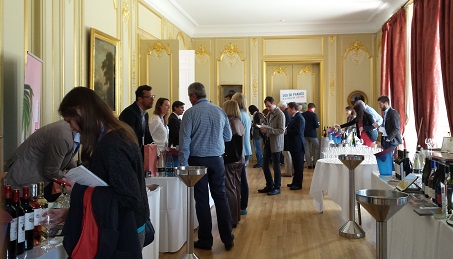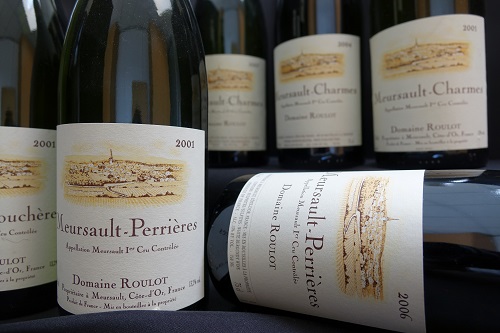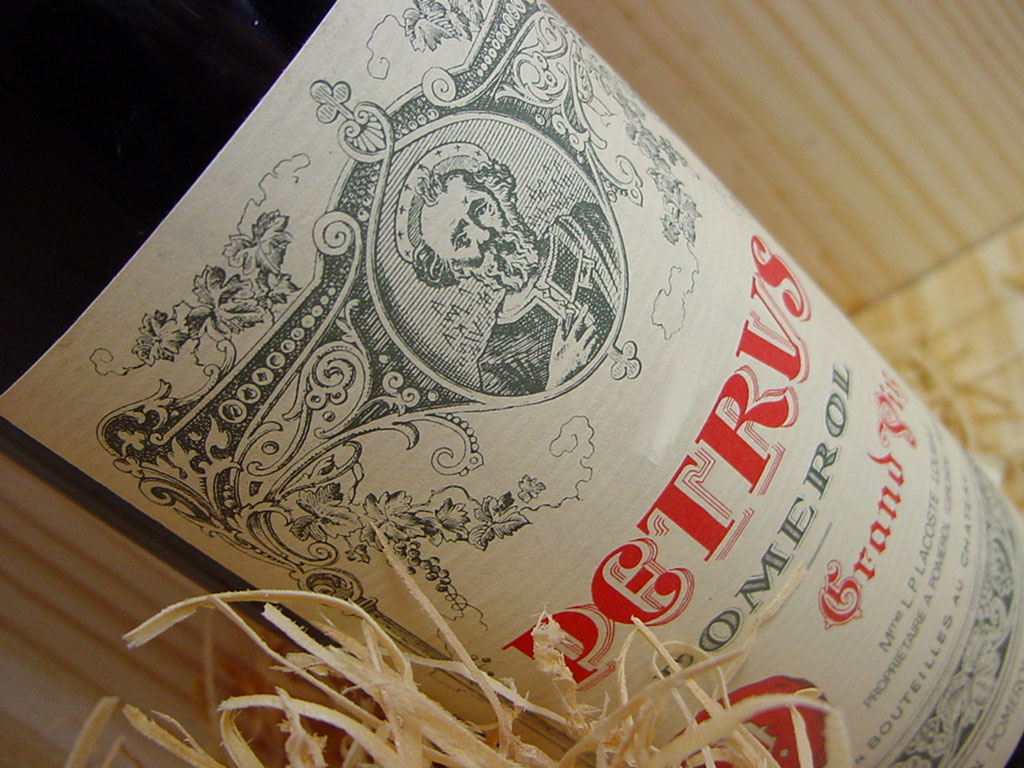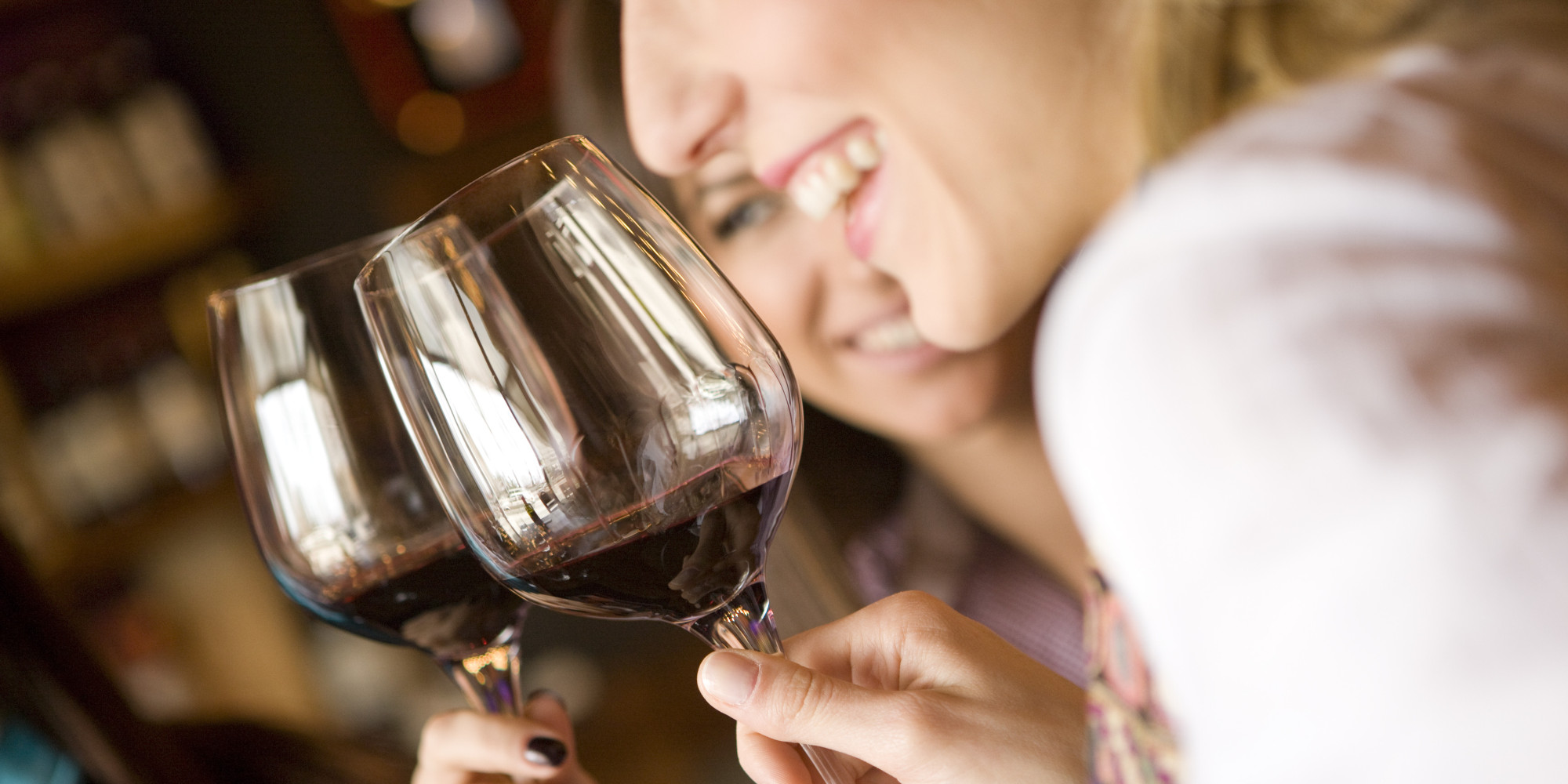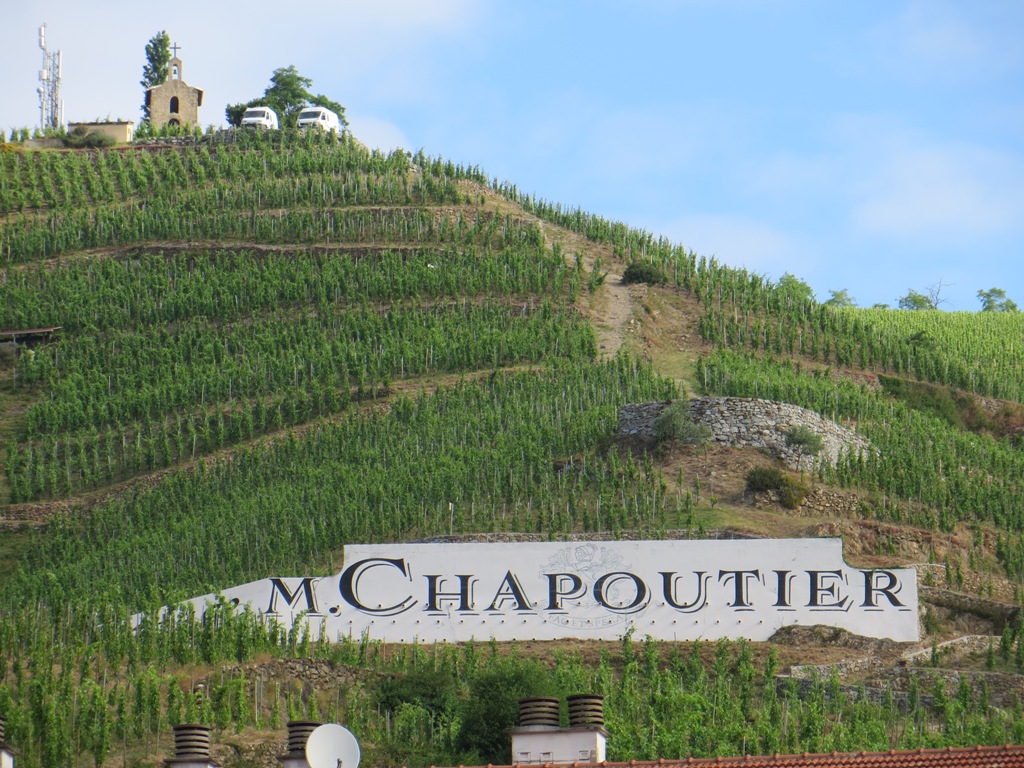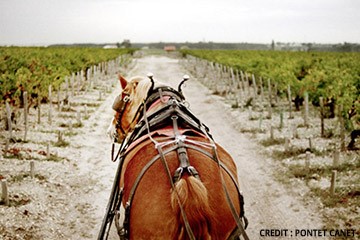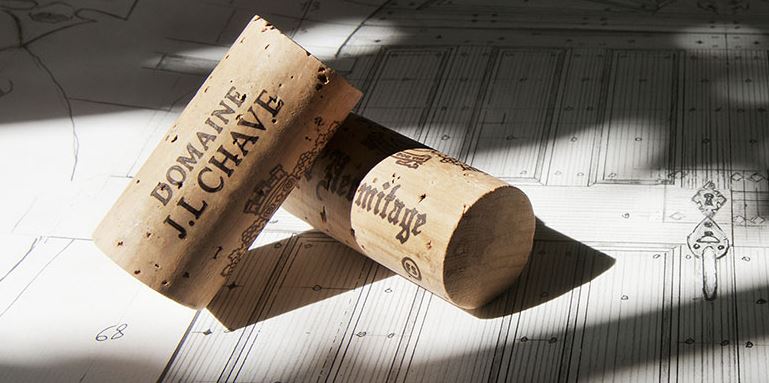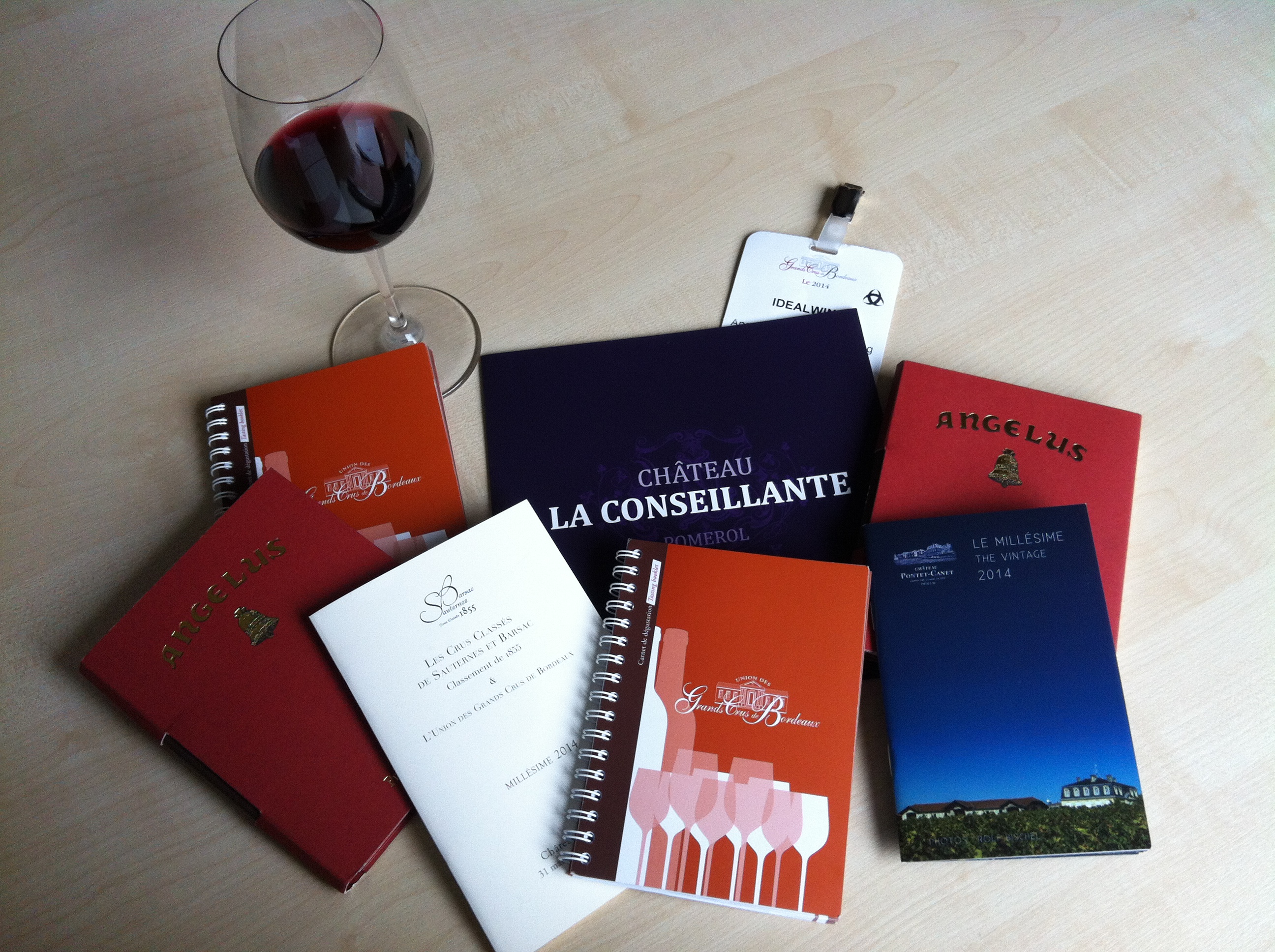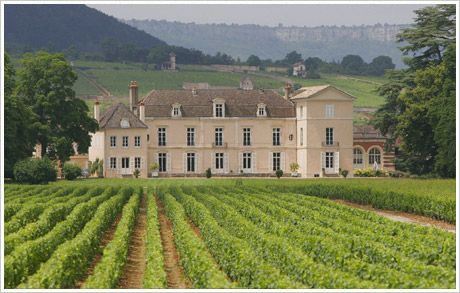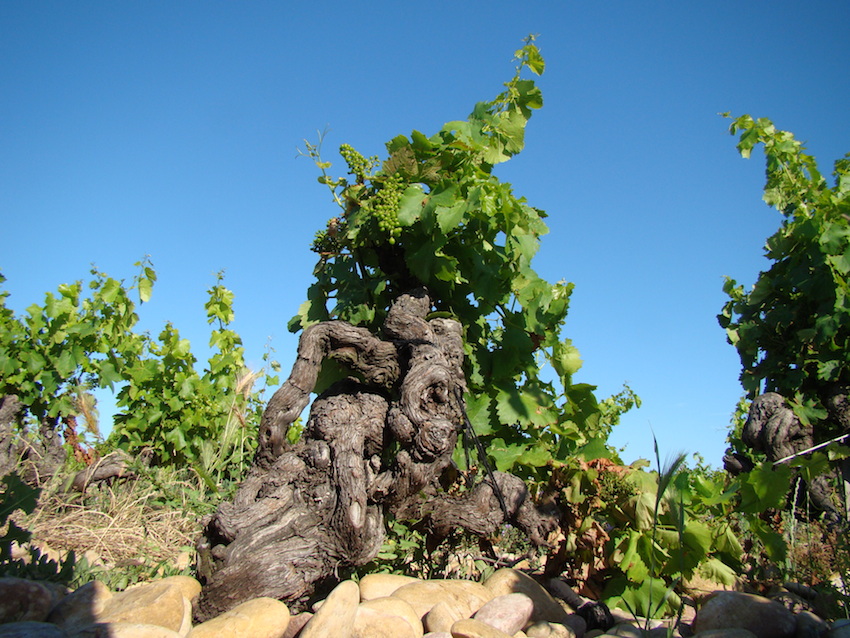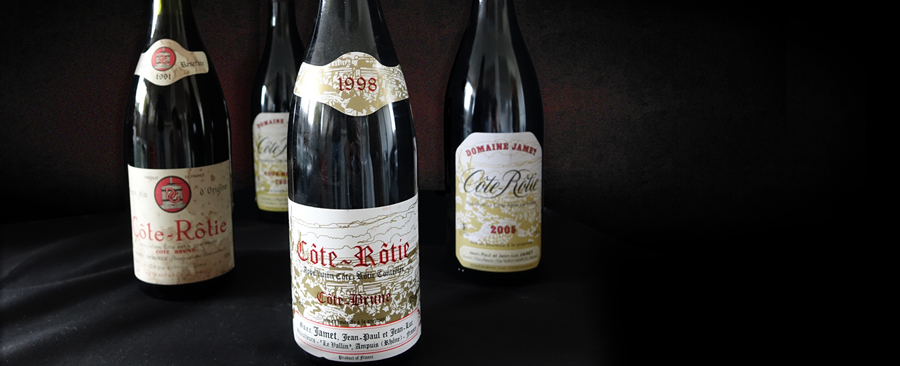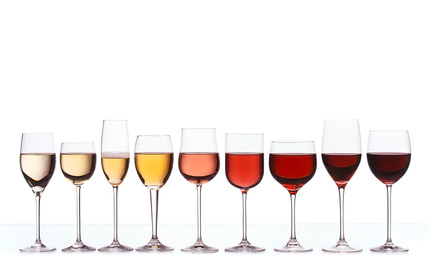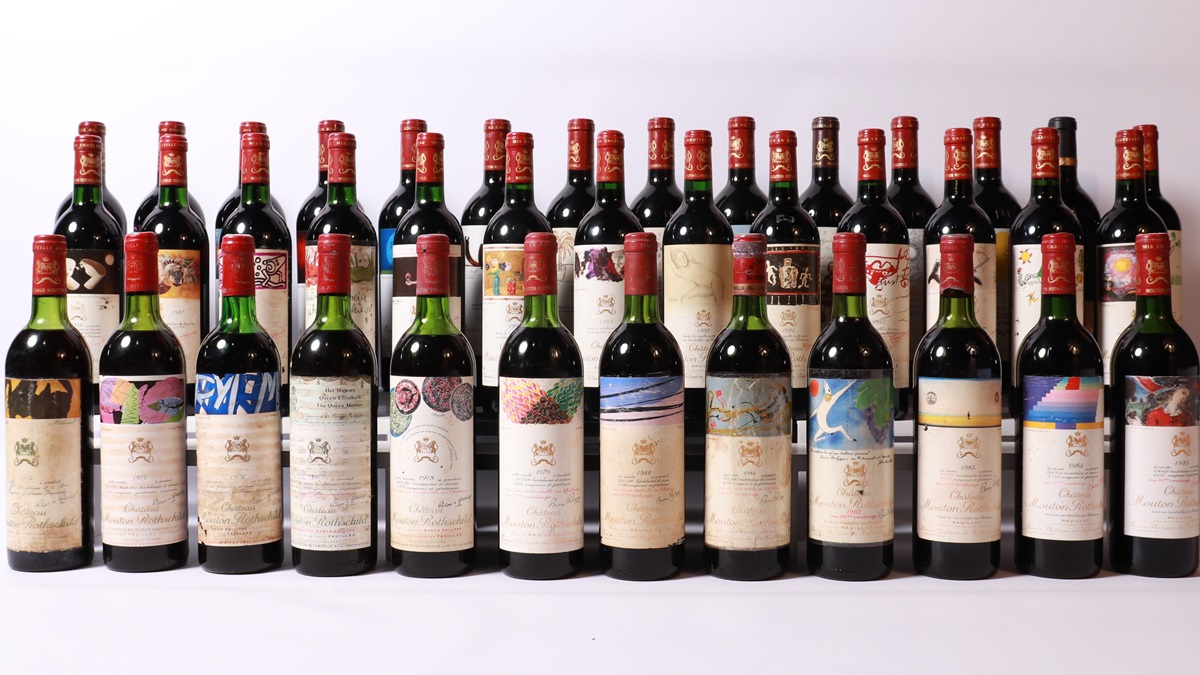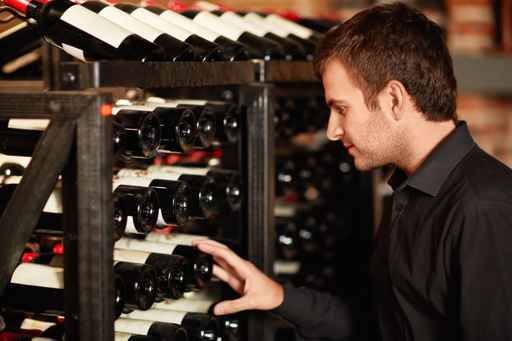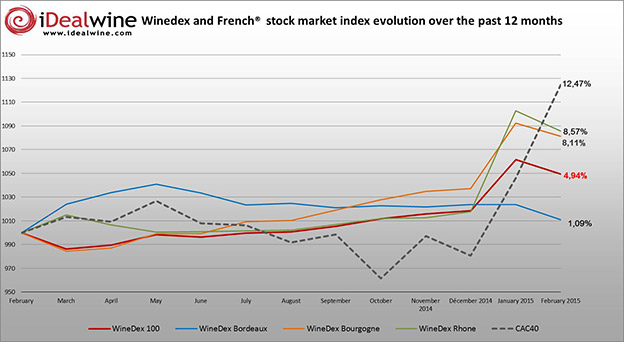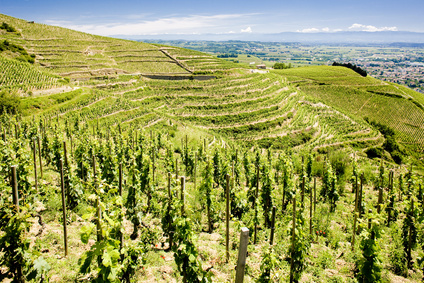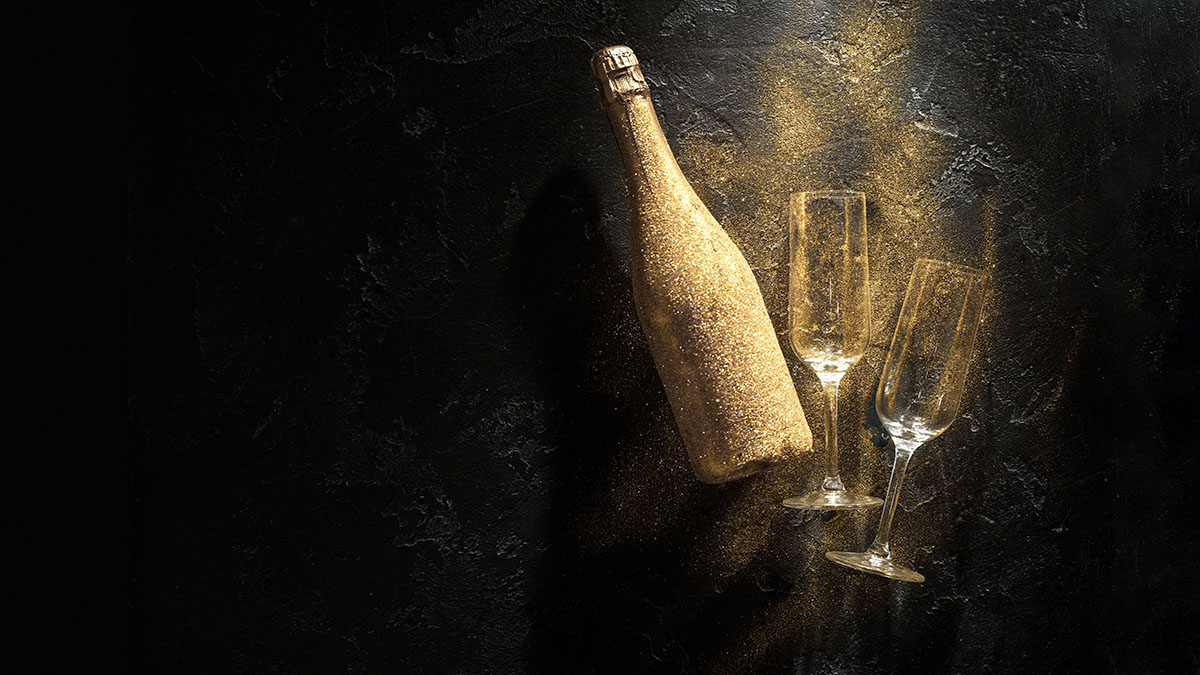Champagne legend Joseph Henriot dies
The world of Champagne is in mourning with the passing of Joseph Henriot last week, the man who directed – among others – this eponymous Champagne house since 1962. Joseph Henriot can be described as a visionary and great entrepreneur. Training as an agricultural engineer, he joined the family Champagne house in 1957, at only 21 years old, before taking over the reins after his father’s death in 1962. He guided this house with great skill, bringing a renewed energy and further improving its good reputation. He was also in charge of Charles-Heidsieck…


